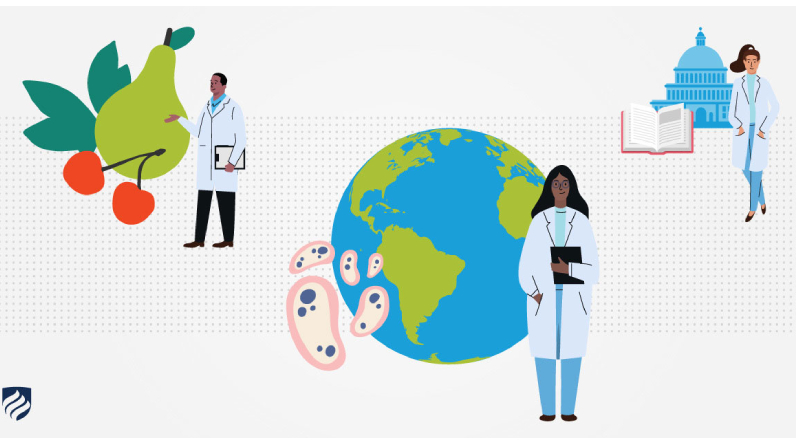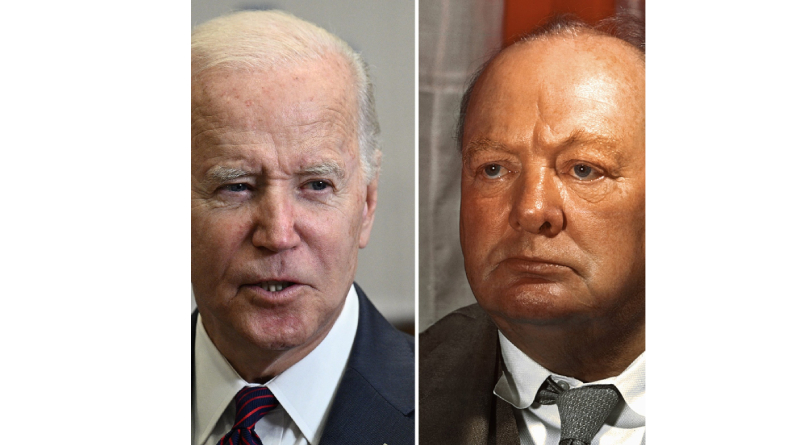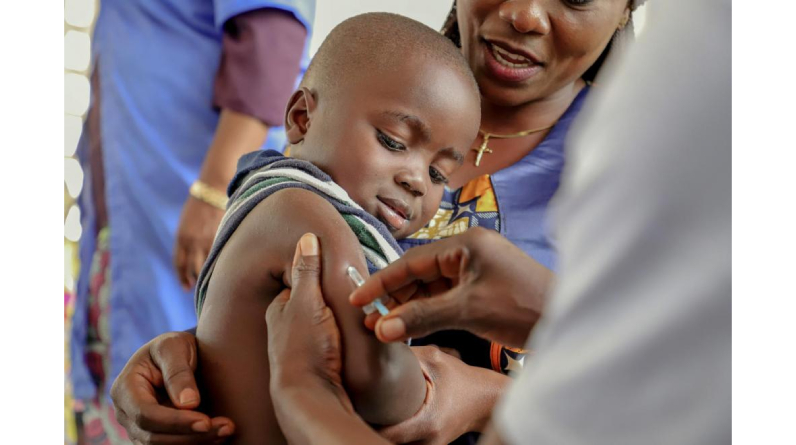Because of the rise in viral illnesses among children, including seasonal influenza, respiratory syncytial virus infection (RSV), and COVID-19, collectively dubbed the “Tripledemic,” emergency and paediatric resident physicians have witnessed firsthand the decimation of paediatric emergency departments, inpatient units, and intensive care units (ICUs).
The Children’s Hospital Association and the American Academy of Pediatrics have urged with the federal government to declare a national emergency. This demand was declined. It is unsustainable to continue to put such a load on emergency departments, paediatric critical care units, hospital beds, and staff. Every time our healthcare system is unable to keep up with increased demand, such as right now with the high rise in viral illnesses among children, we must declare a health emergency.
Health care for children is complex and need specialised consideration. A patient whose asthma was brought on by RSV, the flu, or COVID-19 will require routine checks of their respiratory health, vital signs, and medication administration. We have taken care of individuals with asthma and bronchiolitis who went from being able to breathe comfortably on room air to needing positive pressure ventilation or even intubation in less than an hour. We are unable to offer this life-saving, top-notch care without sufficient paediatric ICU space or skilled staff. Pediatric emergency facilities are already overflowing with patients and are understaffed. Once again, hospitals are erecting tents in parking lots to make room for new patient care areas.
Notably, the Medicaid reimbursement rate for paediatric hospitals is lower than that for adult units, which is one of their main problems. This makes health systems less likely to spend money on paediatric treatment. However, that lack of investment is frequently overlooked until a crisis makes it painfully clear.
A perfect storm that included more paediatric hospital and unit closures, a crisis in paediatric mental health, and fatigue, attrition, and turnover among our health care workers led to the current paediatric virus spike. Due to the present viral outbreak, demand is growing while capacity is dwindling. The viral spike is further exacerbating the already precarious financial situation that paediatric hospitals are in, showing how we are failing to support the systems that keep our kids healthy.
Fortunately, the federal government may take one practical action to actively assist: declare a national emergency. The Defense Production Act, the Stafford Act, or the National Emergencies Act are just a few examples of the existing tools that can be used to do this. In the past, declaring a national emergency has essentially achieved three different objectives: allocating emergency funding to support an influx of desperately needed medical space, systems, supplies, and personnel; encouraging innovation due to greater regulatory flexibility; and supporting coordination and alignment of the medical industry and public health agencies for data transparency and public attention.
Emergency Money

When we don’t declare emergencies, it costs us in terms of our workforce, healthcare systems, hospital sustainability, significant financial cost, and most significantly, human life. The way we currently pay for and structure health care is wholly responsible for the viability of our already flimsy health systems. We swiftly employed travel and contract nurses during the COVID-19 pandemic to replace labour gaps, but this extra personnel vanished as COVID-19 prevalence declined and a record number of medical professionals departed the field. As a result, we are now even more reliant on a workforce of residents, who are already overworked and underpaid, to fill up any remaining gaps in the delivery of healthcare services. During COVID-19, national stocks of medical supplies like ventilators proved crucial, and in the event of another surge, mobilising national stockpiles of drugs like oseltamivir, acetaminophen, ibuprofen, and amoxicillin may be necessary.
Emergency laws, including the CARES Act and HEROES Act, aided hospitals that were already understaffed. The fact that healthcare systems across the US relied on a government bailout during the COVID-19 outbreak should be concerning. However, hospitals were still able to survive the threat because they had the staff, space, integrated systems, and equipment to deliver care, despite the fact that the monies supplied under emergency legislation only represented a small portion of their lost revenue. The “Tripledemic” could support the survival of paediatric care in the United States despite its unsustainable economic model thanks to emergency funding from Congress, the Federal Emergency Management Agency (FEMA), the Centers for Disease Control and Prevention, and other governmental organisations.
Regulatory Innovation And Flexibility
Health care is able to adapt to meet the demands of new threats because to flexible regulatory policies and encouragement for innovation. For instance, our reaction to COVID-19 enabled exemptions, reimbursement methods, and regulatory clearances that facilitated the quick advancement of telemedicine. However, because this flexibility has a time limit, these advantages were only temporary: Telemedicine will not be paid for until the COVID-19 public health emergency is over. Through long-term grants, new national quality metrics, insurance codes and reimbursement for disaster preparedness, public-private partnerships, and government policy and legislation that supports new models of health care reimbursement, the innovation that results from disaster response should be sustainably supported. Through these mechanisms, health care systems can advance from their current state, prepared to tackle the next danger and equipped to care for the expanding population of children with chronic diseases and medically complicated diagnoses.
Also Read : As expenses rise H&M’s fashion retail profits decline
Alignment Of Public Health, Healthcare, And The Public

In order to provide more effective and appropriate care, we need to develop new paediatric viral care models that stratify patient risk based on the seriousness of the illness, such as an integrated model involving community health centres, paediatrician offices, urgent care centres, and hospitals. Increased communication and awareness of the value of ongoing collaboration among stakeholders would result from a national emergency. The opportunity for integrated public health messaging regarding treatment for viral illnesses, transmission, risk, and access to care arises when health care and public health officials combine their efforts. Experiencing this viral outbreak is challenging and frightening given that our communities are still recuperating from the COVID-19 pandemic and are celebrating the lifting of pandemic restrictions. Even within the health care industry, the private and governmental sectors have lost the coordination that helped us survive the previous epidemic.
We are back to business as usual, which regrettably entails a dearth of centralised, transparent public health communication, public mistrust, and a lack of information and resource sharing in the healthcare industry. Declaring a national emergency serves as a wake-up call and emphasises the importance of the “Tripledemic.” By doing this, it creates the opportunity for public acceptance, focus, data transparency, and a sense of community regarding the seriousness of the tragedy and the significance of a coordinated response.
We learned the value and significance of national emergency declarations through COVID-19. Despite the country’s slow and disorganised response to COVID-19, it is obvious that the emergency declaration provided the adaptability and resilience required for an already flawed health care delivery systems to survive a pandemic. It offered funds for staffing and resources for the health care industry, encouragement for novel approaches to care delivery, and channels for cross-sector collaboration. The only thing that a national emergency declaration can provide is each of these critical components for catastrophe response.
The federal government’s persistent inactivity to health care disasters is the backdrop to its incapacity to notice the current increase in viral disease in juvenile populations. We already have the capability to identify where and when disasters may disrupt health care because to our high capacity for predictive analytics and modelling. Notably, we were aware of the present viral spike months ago, in the summer of 2022. Despite having a greater understanding of what is to come, we still fail to take action, waiting to react rather than making plans and preparations.
Despite our best efforts, these stopgap measures had little to no impact on the ability of the health care system to handle, let alone proactively respond to, rising threats. Political and healthcare authorities would be able to make a connection between the existing state of vulnerable health care systems and public health if evolving risks were more appropriately identified. We and our children will continue to confront tragedy after disaster until there is political will, alignment of commercial and public sector institutions in health care, and regulatory change.








